Increasing Incidence of Porokeratosis
The rising incidence of porokeratosis in the GCC region is a notable driver for the porokeratosis market. Factors such as increased sun exposure and changing lifestyle habits contribute to this trend. Recent studies indicate that the prevalence of skin disorders, including porokeratosis, has been on the rise, with estimates suggesting that around 5-10% of dermatology patients in the GCC may present with this condition. This growing patient population necessitates enhanced diagnostic and therapeutic options, thereby stimulating market growth. As healthcare providers become more aware of the condition, the demand for effective treatments is likely to increase, further propelling the porokeratosis market. The need for specialized dermatological care is expected to drive investments in research and development, leading to innovative treatment solutions.
Rising Demand for Personalized Medicine
The rising demand for personalized medicine is shaping the porokeratosis market in the GCC. Patients are increasingly seeking tailored treatment options that cater to their specific genetic and phenotypic profiles. This shift towards personalized approaches is prompting healthcare providers to adopt more individualized treatment plans for skin disorders, including porokeratosis. The market for personalized medicine is projected to grow at a CAGR of around 10% in the coming years, reflecting a significant shift in patient expectations. As healthcare systems in the GCC adapt to this trend, the porokeratosis market is likely to see an influx of targeted therapies that enhance treatment efficacy and patient satisfaction. This evolution in treatment paradigms may also encourage further research into the genetic underpinnings of porokeratosis.
Increased Focus on Preventive Healthcare
An increased focus on preventive healthcare is emerging as a vital driver for the porokeratosis market. In the GCC, there is a growing awareness of the importance of early detection and prevention of skin disorders. Public health campaigns aimed at educating the population about skin health are gaining traction, potentially leading to earlier diagnosis of conditions like porokeratosis. This proactive approach is likely to result in a higher demand for screening and preventive services, thereby expanding the market. Additionally, healthcare providers are increasingly emphasizing the role of lifestyle modifications in preventing skin disorders, which may further influence patient behavior. As preventive healthcare becomes more ingrained in the healthcare culture of the GCC, the porokeratosis market is expected to experience growth driven by increased patient engagement and awareness.
Technological Advancements in Dermatology
Technological advancements in dermatology are significantly influencing the porokeratosis market. Innovations such as teledermatology and advanced imaging techniques facilitate early diagnosis and treatment of skin disorders. The integration of artificial intelligence in dermatological practices is also emerging, allowing for more accurate assessments of skin conditions. In the GCC, the adoption of these technologies is expected to enhance patient outcomes and streamline treatment processes. Furthermore, the market for dermatological devices is projected to grow at a CAGR of approximately 8% over the next five years, indicating a robust demand for advanced solutions. As healthcare providers increasingly leverage these technologies, the porokeratosis market is likely to benefit from improved patient engagement and treatment adherence.
Growing Investment in Dermatological Research
The growing investment in dermatological research is a critical driver for the porokeratosis market. Governments and private entities in the GCC are increasingly recognizing the importance of funding research initiatives aimed at understanding skin disorders. This trend is evidenced by the allocation of substantial budgets for dermatological studies, with some countries in the region committing over $10 million annually to skin health research. Such investments are expected to lead to the development of novel therapies and treatment protocols for porokeratosis. Additionally, collaborations between academic institutions and pharmaceutical companies are likely to foster innovation in treatment options, thereby enhancing the overall market landscape. As research progresses, the availability of effective treatments is anticipated to increase, further stimulating market growth.


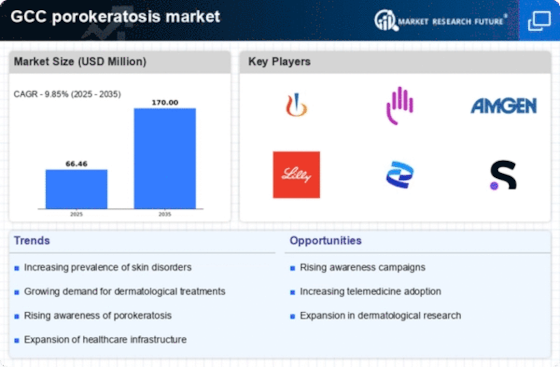
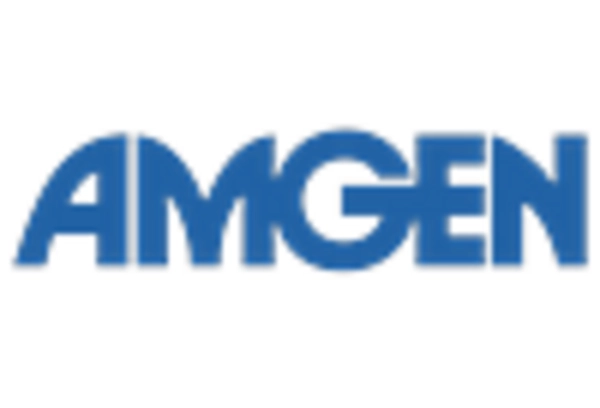
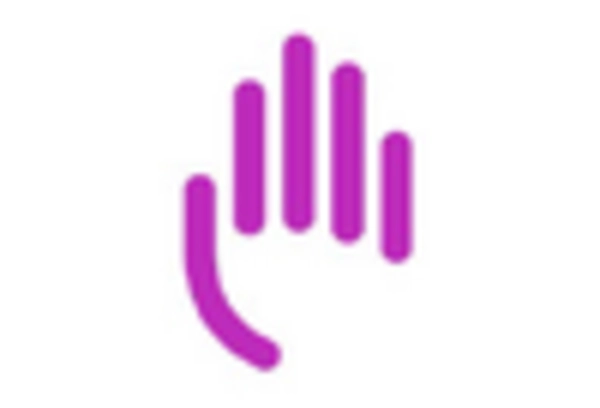
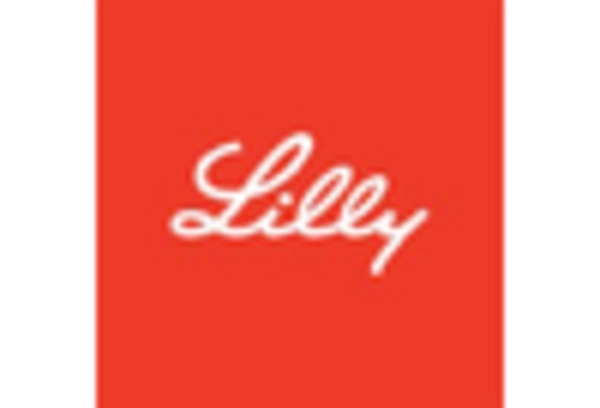
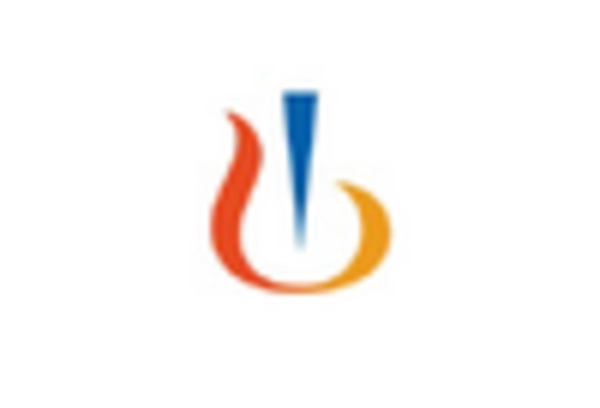
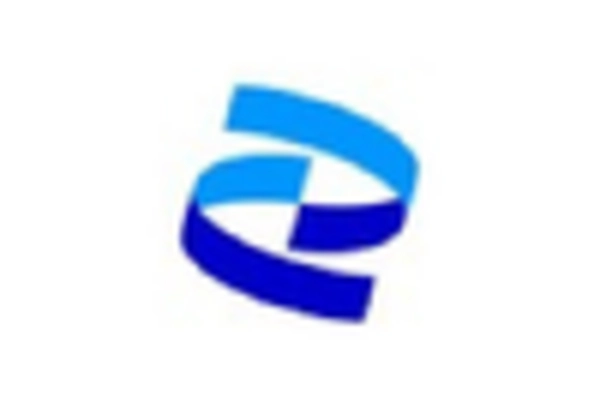
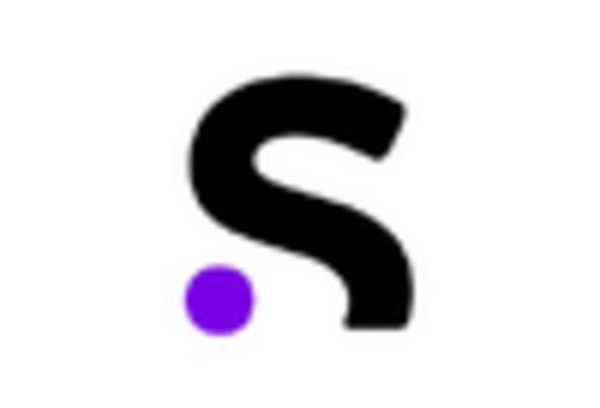








Leave a Comment